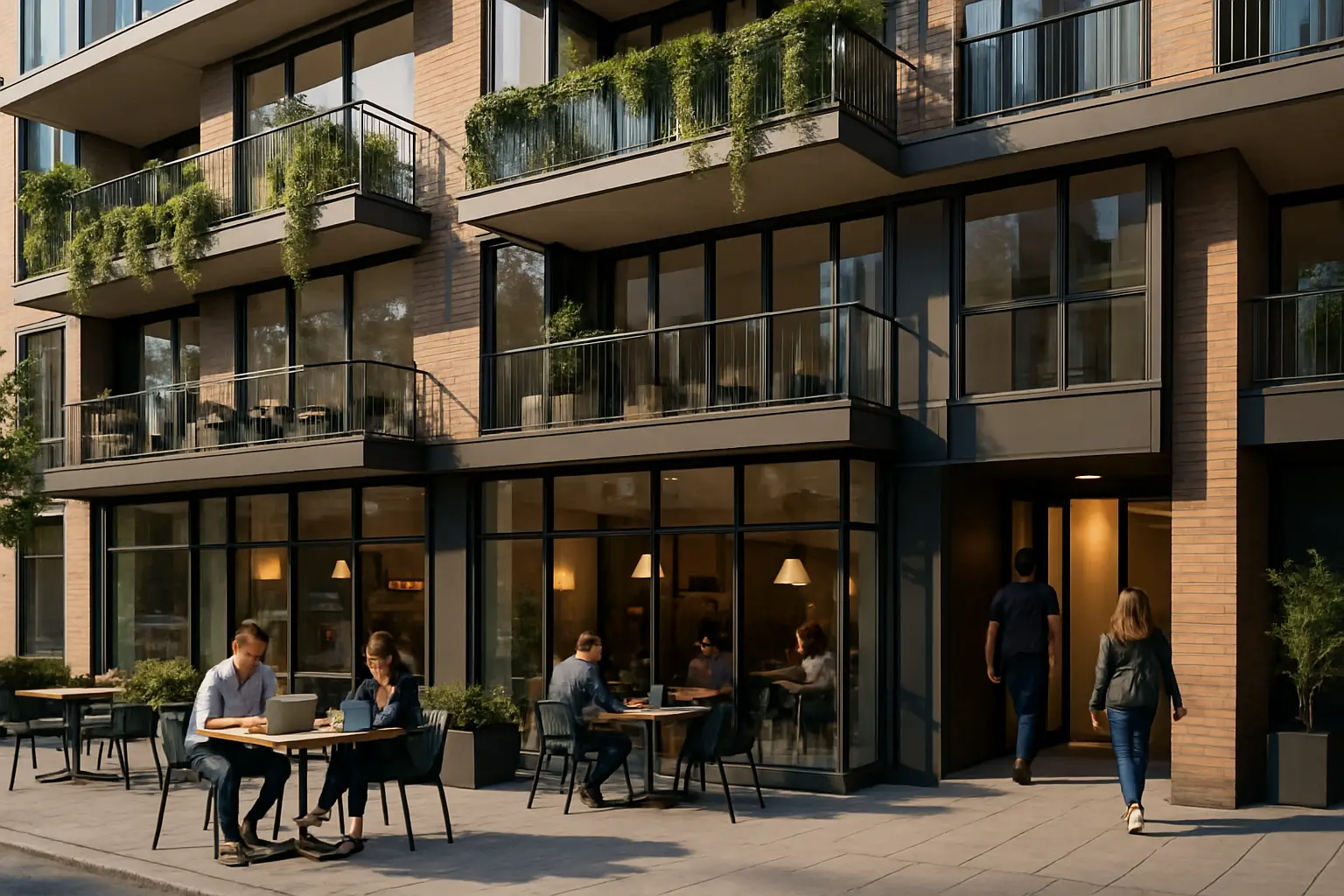Mixed-Use Magic: How Modern Live-Work Spaces Are Reshaping Real Estate
Discover the growing trend of integrated residential and commercial properties that are revolutionizing urban living and investment opportunities.

The Rise of Live-Work Properties
In the ever-evolving landscape of real estate, live-work spaces have emerged as a compelling solution for the modern workforce. These innovative properties blend residential comfort with professional functionality, creating environments that cater to the increasing demand for lifestyle flexibility.
The concept has gained significant momentum as remote work becomes more prevalent, with professionals seeking spaces that eliminate the traditional boundaries between home and office. Recent market studies show that mixed-use developments have experienced a 40% growth in major urban centers, reflecting a fundamental shift in how we approach both living and working spaces.
Design and Functionality
Successful live-work spaces incorporate thoughtful design elements that promote both productivity and comfort. Key features include:
- Flexible Floor Plans: Open-concept designs that can easily transition between work and living areas
- Natural Light: Strategic window placement and glass walls to enhance mood and productivity
- Sound Management: Acoustic solutions that maintain privacy between work and living spaces
- Smart Storage: Integrated storage solutions that keep work materials organized yet unobtrusive
Zoning and Legal Considerations
Before investing in a live-work property, understanding local zoning regulations is crucial. Many municipalities have updated their codes to accommodate these hybrid spaces, but restrictions may vary significantly by location.
Investment Potential
The financial appeal of mixed-use properties extends beyond mere convenience. These developments often command premium rental rates and show strong appreciation potential. Market analysts project continued growth in this sector, with mixed-use properties outperforming traditional single-use developments in terms of return on investment.
Mixed-use properties have demonstrated remarkable resilience during market fluctuations, maintaining higher occupancy rates compared to traditional commercial spaces.
Market Trends
Current market trends indicate:
- Growing demand from millennials and Gen Z professionals
- Increased interest from small business owners and entrepreneurs
- Rising property values in areas with mixed-use developments
- Strong appeal to environmentally conscious tenants and buyers
Future-Proofing Your Investment
When evaluating potential live-work investments, consider these essential factors:
- Location Analysis: Research neighborhood growth patterns and upcoming developments
- Connectivity: Assess access to public transportation and major business districts
- Amenities: Evaluate nearby services and community features
- Technology Infrastructure: Ensure robust digital connectivity and smart home capabilities
The key to successful live-work property investment lies in identifying emerging neighborhoods with strong growth potential. Look for areas with planned infrastructure improvements, increasing business activity, and a growing creative class population.
Final Thoughts
As the boundaries between work and home life continue to blur, live-work spaces represent not just a trend, but a fundamental shift in real estate development. For investors and occupants alike, these properties offer a compelling blend of functionality, convenience, and financial opportunity. The future of urban living is here, and it's more integrated than ever before.


